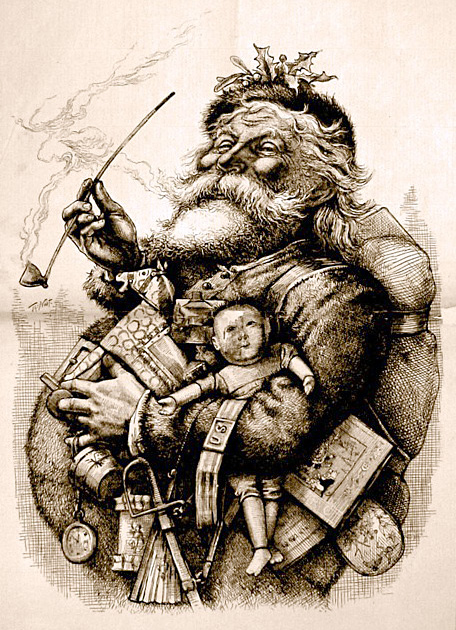Red has a lot of positive associates, such as leadership, power, winning, action, energy, confidence, excitement, love, sex, and passion. In addition, many cultures associate it with good fortune and happiness, with brides wearing red for good luck. On the flip side, it's also associated with hatred, anger, danger, and blood (an even stronger connection than you might think, as I'll explain next week). It's the colour we tend to name first when listing off the colours of the rainbow, or the colours of traffic lights, or when naming the three primary colours. It's the most popular colour used in flags and the second most used colour in corporate logos (blue's first). A 2008 study suggests that men have more strength when in a room with red light.
Red is also an advancing colour—meaning it jumps out and grabs our attention in a crowd. Are you outgoing, adventurous, and energetic? If so, chances are that your favourite colour is red. Why? Because red suggests power, confidence, and an ability to attract attention—just like you.
In a world populated with green vegetation it's perhaps no wonder that red, green's compliment, would stand out. The light we see is made of electromagnetic waves that have wavelengths between 0.00038–0.00075 millimetres (take a moment to really think about how small that is). Red has the longest wavelength while violet has the shortest. Because of its long wavelength, red does not bend and scatter as much as other colour waves when it hits molecules in the air, making it more likely to reach our eyes and for us to ascertain its originating location. Ergo, it's a popular colour for warning lights and signs. But enough science; let's talk about Santa.

Santa Claus wore a variety of colours—from blue to green to tan—until Thomas Nast, a cartoonist for Harper's Weekly, gave him a red suit in the 1890s. But why use red? No one really knows. It could be because synthetic red colours came onto the market a couple of decades earlier, making it an affordable and eye-catching colour to use; or perhaps the red wardrobe reflects the Catholic bishop that St. Nicholas is supposed to be based on; or perhaps it's simply because red stands out nicely against boughs of green holly and evergreen trees. Coca-Cola continued this red-suit tradition, but made St. Nicholas a bit more jollier looking, resulting in the rosy-cheeked and chubby Santa Claus we think of today.
Red has a lot more to offer; come back next week where I'll tell the surprising tale of scarlet, the Spanish secret of carmine, and what red food colour is really made of. For now, check out the story of Emerald green.


